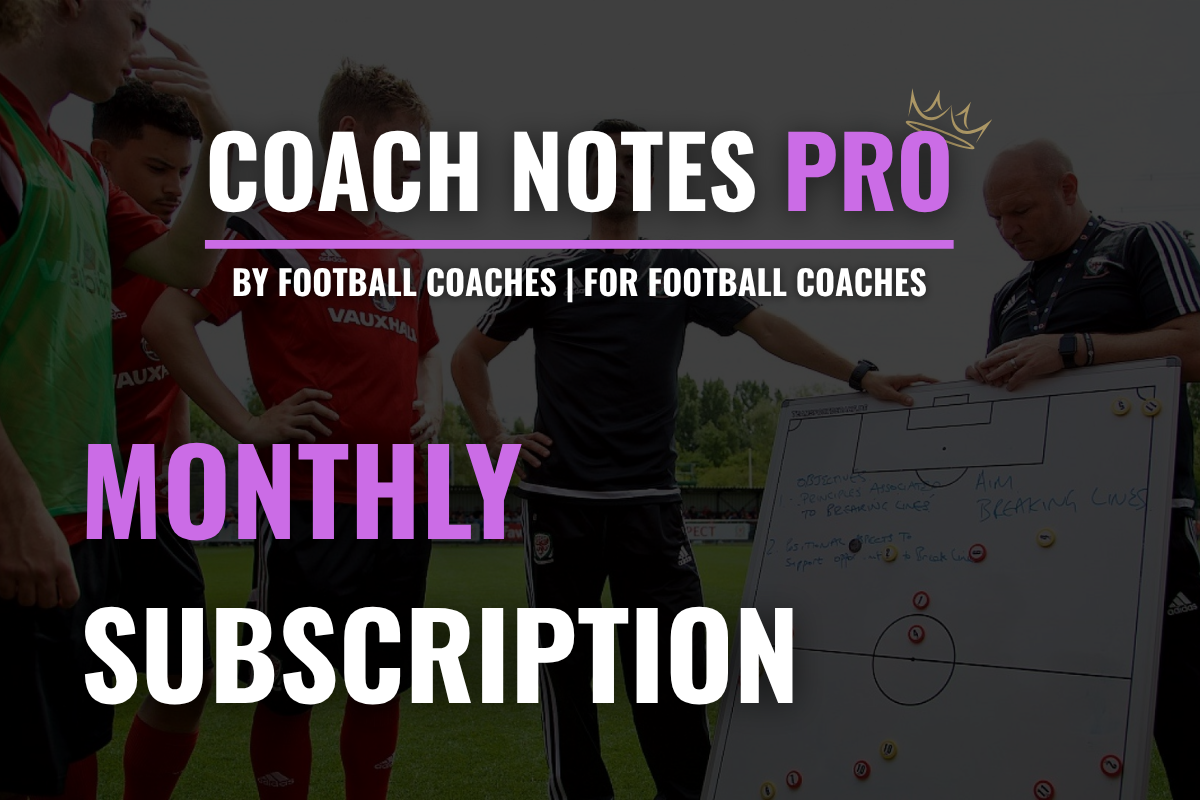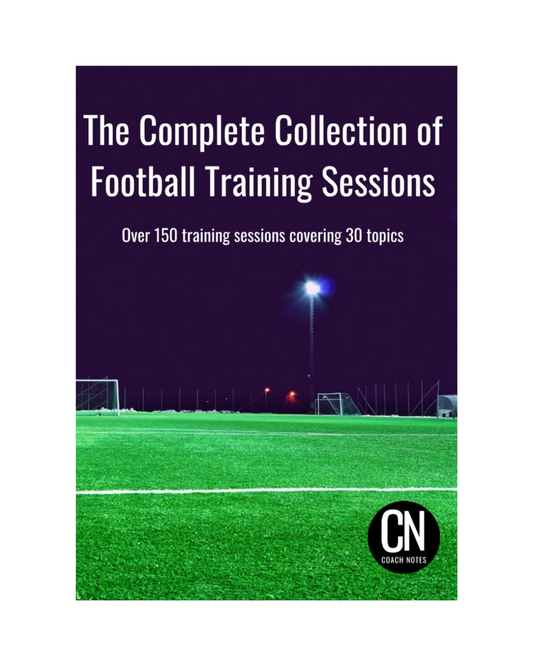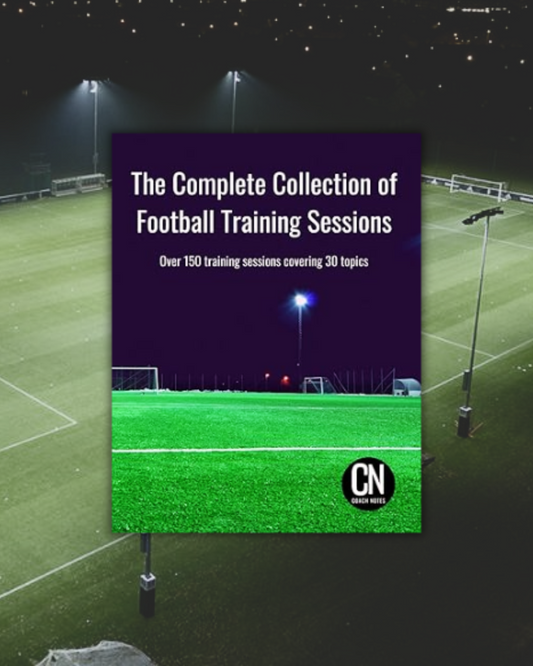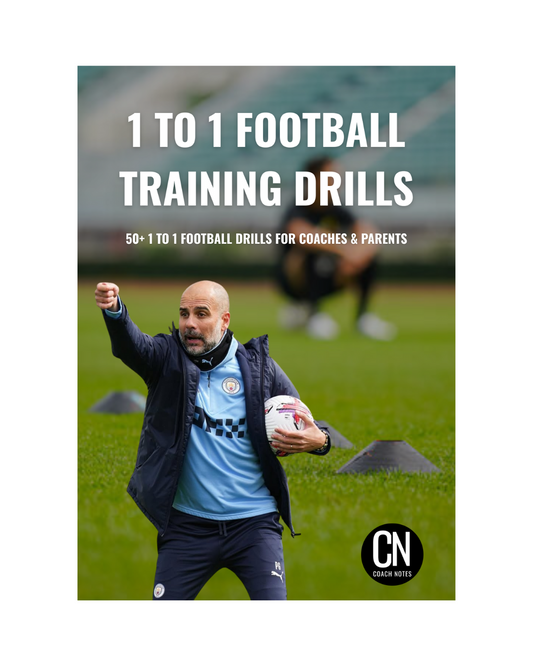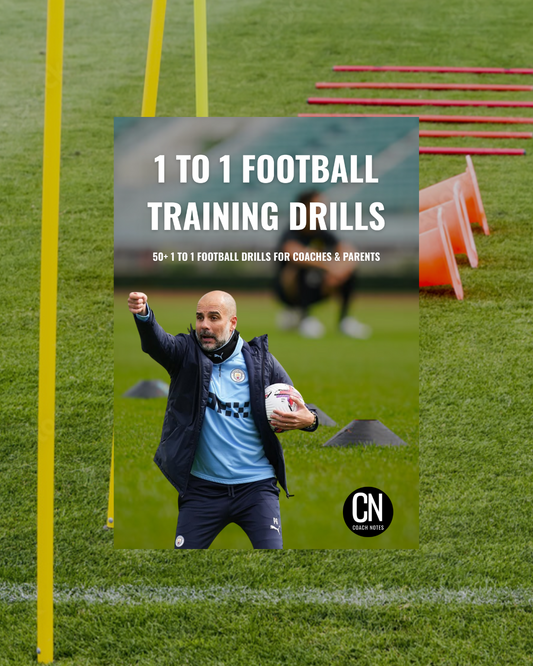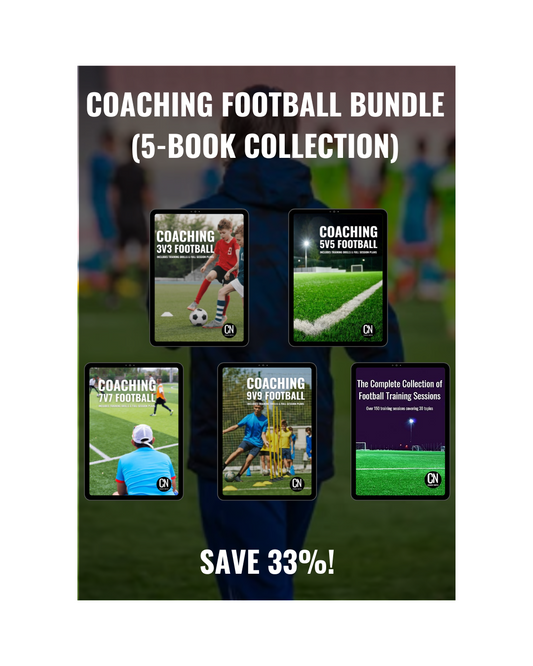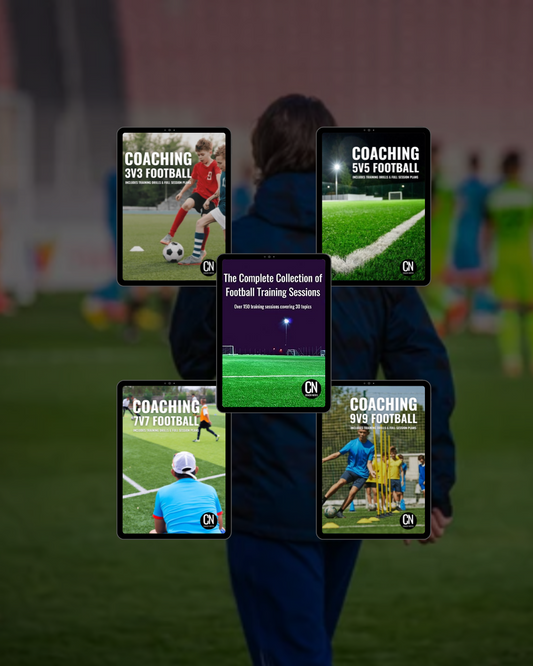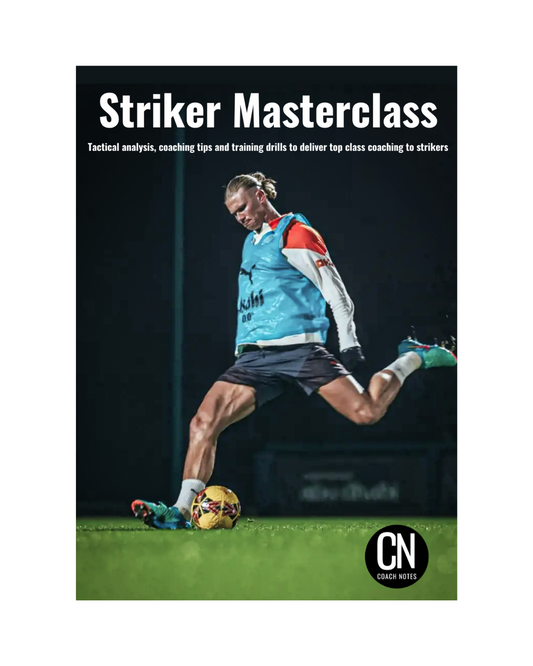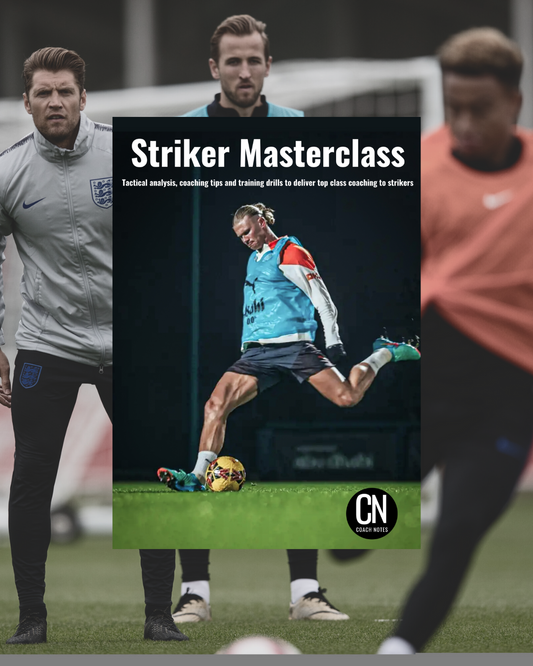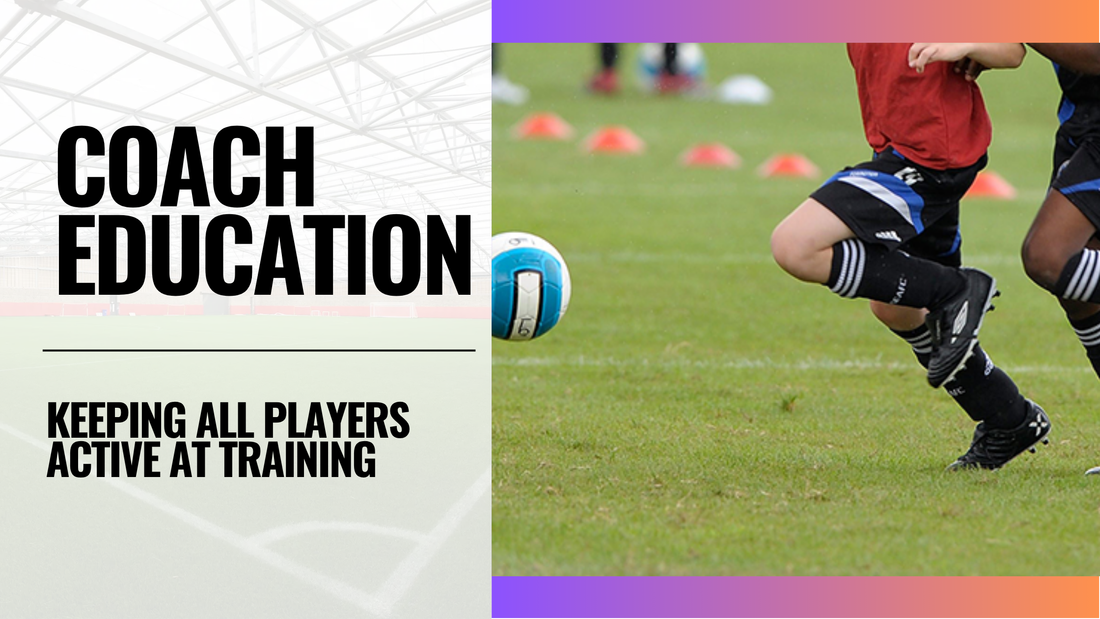
Keeping All Players Active at Training
Share
One of the most important principles in youth coaching is to keep players active throughout training. When players are constantly involved, they stay engaged, learn more effectively, and enjoy their experience which is essential for both development and long-term participation.
Unfortunately, it’s still common to see training sessions where players stand in long queues waiting for their next go. While the session might be well planned and technically sound, these delays limit the time players spend actually practising and can lead to boredom, loss of focus, and slower skill development.
This article explores why player activity matters and how to design sessions that maximise touches, engagement, and learning for every player on the pitch.
Why Player Activity Matters
Young players don’t just need exposure to the game, they need frequent, high-quality practice opportunities. This means:
- More touches on the ball
- More repetitions of the intended skill or behaviour
- More decision-making moments
- More fun
When players are inactive for extended periods such as waiting two or three minutes between turns they disengage. This passive time is a missed opportunity for improvement and creates a gap between coach intention and player learning.
How to Spot Low Activity Sessions
Ask yourself:
- Are players spending more time watching than doing?
- Are queues forming around the ball or coach?
- Are some players less engaged while others dominate?
If yes, it’s time to adapt the session design.
Key Strategies to Keep Players Active
1. Use Ball-Each or Small-Group Setups
Ball-each drills where every player has their own ball are a great way to maximise touches and independence. They're especially useful when focusing on:
- Dribbling
- Ball control
- Turning and shielding
- Passing against walls or rebounders
Even in small-sided practices, splitting the group into stations or mini-pitches can reduce waiting times dramatically.
2. Avoid Long Queues
Design your practices to remove the “one player acts, the others wait” setup. Instead of one long line for a shooting drill, create multiple goals or mirrored setups across the pitch.
If needed, reduce group size and run parallel stations. This keeps the flow of the session fast-paced and ensures each player is challenged more frequently.
3. Keep Waiting Time Below 30 Seconds
As a rule of thumb, no player should wait more than 30 seconds before they’re active again. This could be their turn with the ball, defending, supporting play, or acting as a passive defender.
Short rest is fine but long, passive standing time leads to disengagement.
Balance Ball-Each with Game Understanding
It’s important to remember that football is not an individual sport. While “ball-each” sessions are excellent for developing technical skills, players must also learn:
- How to be effective without the ball
- How to create space
- How to support teammates
- How to stay mentally switched on
Coaching Tip:
Use language that includes off-ball players:
- “You’re creating space by staying wide.”
- “Even though you don’t have the ball, your run helped open that pass.”
- “Stay ready your moment is coming.”
This reinforces the idea that every player is always involved, even if they’re not in direct possession.
Designing Engaging Sessions for Younger Players
Here’s an example of how to structure an active, engaging session for a youth group:
Warm-Up (Ball Each)
Dribbling maze with cones, turns, and simple challenges
✅ High engagement
✅ Individual skill work
Main Practice (Rotating Stations)
Station 1: Passing wall challenges
Station 2: 1v1s in small grid
Station 3: Shooting into mini goals
Station 4: Dribbling and stop-turn relay
✅ Maximise touches and movement
✅ Small groups = short rest time
✅ Progress each station every few minutes
Game-Like Practice (Small-Sided Games)
4v4 or 3v3 games on small pitches
✅ Real decision-making
✅ Everyone involved in or around the ball
How to Keep Players Mentally Active
Even physically active players can disengage if they’re not mentally involved. Use short, clear coaching points and keep the energy of the session high.
- Ask questions: “What could you do here without the ball?”
- Provide encouragement: “Brilliant support run!”
- Set fun challenges: “Can you beat your last score?”
Players are more likely to retain learning when they’re active and thinking.
Conclusion: All In, All the Time
Keeping players active during training is about respecting their time, their energy, and their desire to improve. Inactive players don’t just learn less they’re also less likely to enjoy the session and stay committed long term.
By designing practices with minimal waiting, using multiple stations, and including every player in the action with or without the ball, coaches can ensure that sessions are effective, enjoyable, and developmentally rich.

